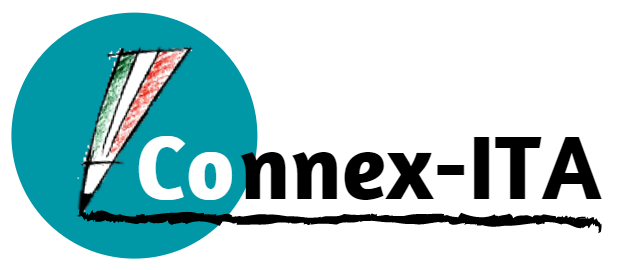THE DOUBLE CONSONANT IN ITALIAN
The double consonant is one of the biggest challenges for Italian learners. That’s because they find it hard even to recognize this sound.
In this lesson, I’ll walk you through what a double consonant is and why is crucial to say it properly. Then I’ll tell you the secret to make this sound giving you many examples. Make sure to stay till the end to do the practical activity.
Let the double consonant no longer be a hurdle for you!
What’s a Double Consonant in Italian?
First of all, for double consonant we mean that in a word a consonant is repeated twice in a row. In Italian we call it “doppia consonante”, “consonante doppia” or simply “doppia”.
You can also find words with double consonant in English, like for example: “happy“, “spelling“, “dinner“, “belly“; however, you don’t pronounce the double consonant differently. So to an “Italian ear”, they sound like if they’re written with only one consonant.
In Italian, indeed, you need to ensure you pronounce the double consonant or what you say could not make sense. Worst case scenario you can completely change the meaning of a sentence. Like in the following example:
- La mia palla e’ rossa = my ball is red
- La mia pala e’ rosa = my shovel is pink
Both words “palla” and “rossa” have a double consonant; if I don’t say it correctly, I change the meaning of the sentence completely. So instead of saying that my ball is red I tell that my shovel is pink.
This was just an example to show you that’s extremely important to pay attention on the way you say the double consonant in Italian.
THE SECRET TO SAY THE DOUBLE CONSONANT
With this being said, let’s see how to pronounce the double consonant in Italian the right way.
Here’s the secret.
When you see a double consonant, pause for a moment and then hold the sound a bit longer than what you’d normally do.
Basically you need to say the consonant with a longer duration and with a slightly louder sound.
In the video I show you how I say the following words first with the double consonant and then without.
- Gatto = cat
- Dubbio = doubt
- Rotto = broken
You can probably see the difference, but if you don’t, no problem!
Try to listen as much as you can to train your ear and practice this sound reading words out loud.
Initially you may want to emphasize the pronunciation even more to get used to it.
WATCH THESE …
Before I get you to try, I just want to give you some words that are spelt the same way, except for the double consonant.
This means that you need to pay additional attention to them for not getting confused.
Here you go:
SETTE = seven / SETE = thirsty
CASSA = till / CASA = house
PENNA = pen / PENA = pain
POLLO = chicken / POLO = pole (e.g. north and south pole)
SONNO = sleep / SONO = I am or they are (verb to be)
CAPPELLI = hats / CAPELLI = hair
PELLI = leathers / PELI = body hair
NOTTE = night / NOTE = notes
CANNE = reeds / CANE = dog
MESSE = Masses / MESE = month
FATTO = done / FATO = destiny
SERRA = greenhouse / SERA = evening
And the list can go on ….
AND NOW IT’S YOUR TURN!
Read these words …
Now I’d like you to try 🙂
ZUPPA = soup
CAFFE’ = coffee
COTTO = cooked
ANELLO = ring
TETTO = roof
CORRO = I run
BICCHIERE = glass
GIALLO = yellow
Check your pronunciation in the video below 🙂
You can also check these Lessons:
SOUND GN IN ITALIAN: ARE YOU SAYING IT RIGHT?
THE SECRET TO SAY THE SOUND “GLI” IN ITALIAN
HOW DO YOU PRONOUNCE THE LETTER C IN ITALIAN?
